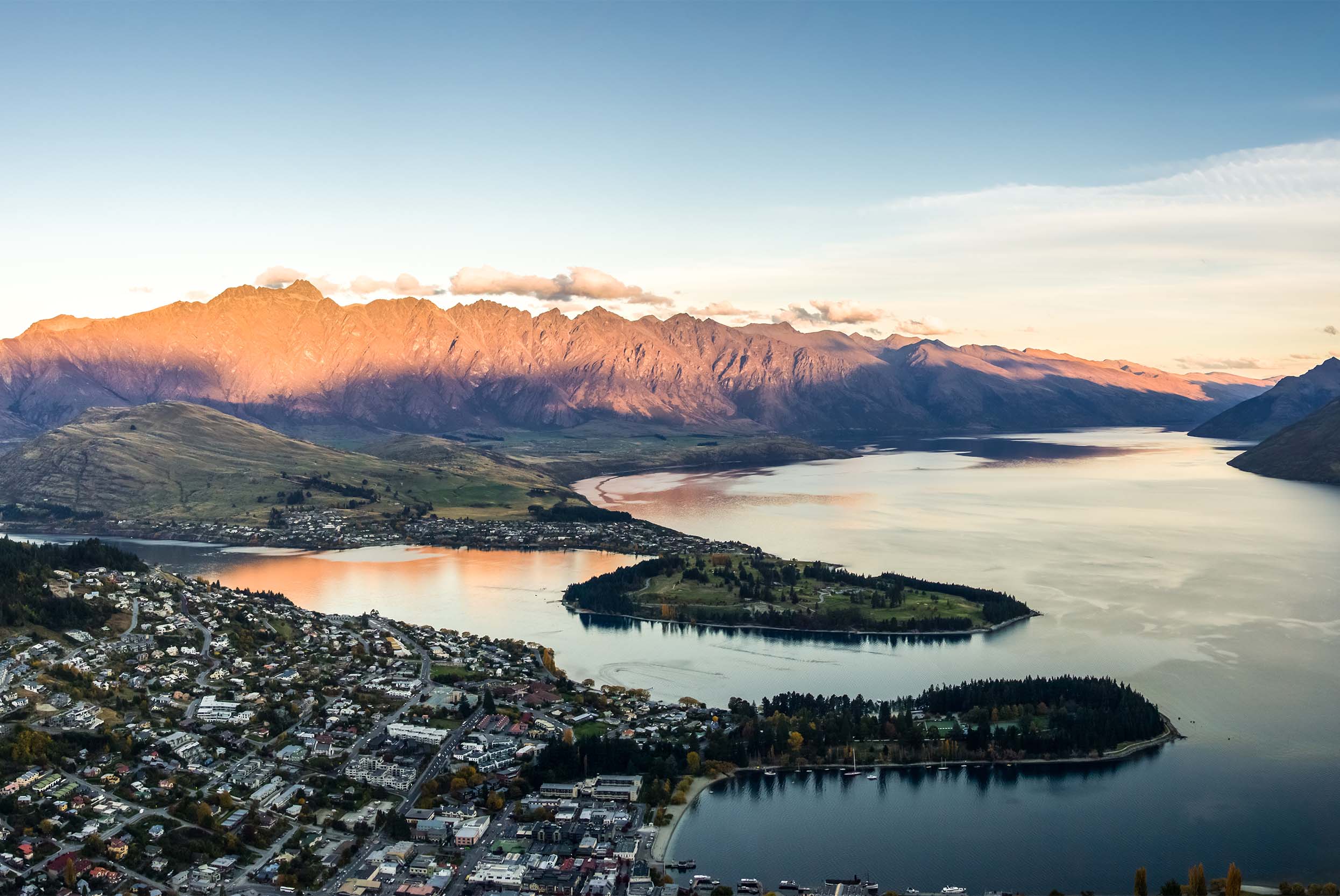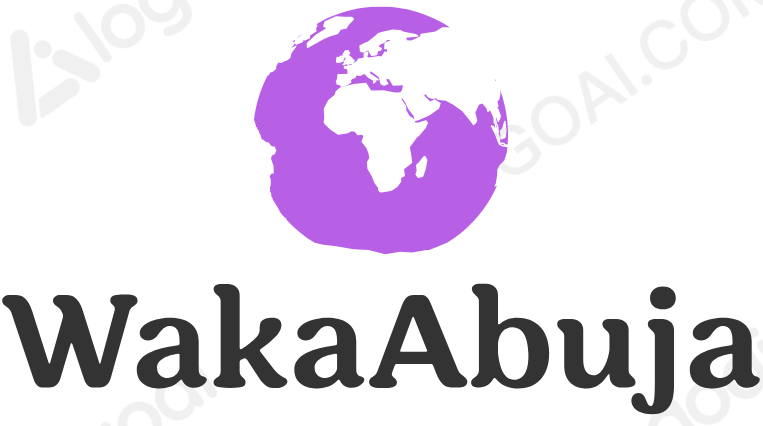This guide offers honest reviews, cost insights, safety tips, and local recommendations to help you plan your visit seamlessly, whether you’re aiming to explore urban hubs or immersive natural landscapes.
Jump directly to details on How to Get There, How to Get Around, Tours to Do, and FAQs.
How to Get to New Zealand: Arrival Essentials

Flying into New Zealand’s primary international gateway, Auckland Airport (AKL), is the most common and convenient option. From many global hubs, direct flights connect in under 15 hours, with carriers such as Air New Zealand, Emirates, and Qantas serving key routes. Wellington (WLG) and Christchurch (CHC) also welcome international flights but on a smaller scale.
Upon arrival, customs and biosecurity procedures are strict given New Zealand’s unique ecosystem. Be sure to declare all food, plants, and outdoor equipment. For up-to-date travel advisories and flight booking, check Auckland Airport Official Site.
Getting Around New Zealand: Modes of Transport Reviewed
My firsthand experience with New Zealand’s transportation reveals a blend of flexibility, scenic drives, and clever public options that cater to diverse traveler needs. Here’s an expert breakdown:
Rental Cars and Campervans
Renting a car or campervan is by far the best way to explore off-the-beaten-path spots at your own pace. Roads are generally well-maintained, but be prepared for some narrow, winding stretches especially on the South Island. Local practitioners advise booking early in peak seasons (December-February) to secure the best deals from companies like Jucy Rentals or Avanovacations.
Typical cost: Around NZD 50–100 per day for a car; campervans typically start at NZD 100/day.
Public Transportation (Buses & Trains)
Cities like Auckland, Wellington, and Christchurch offer reliable bus and commuter train networks. The bus system runs frequently in urban zones, with electronic ticketing via regional transport cards like the AT HOP card in Auckland.
For longer journeys, InterCity provides extensive coach routes between towns, though schedules may be limited in rural areas. The scenic TranzAlpine train between Christchurch and Greymouth is a must for train enthusiasts.
Typical cost: Urban bus fares from NZD 2–5; InterCity bus fares vary by distance, roughly NZD 15–60.
Domestic Flights
Domestic flying is a fast way to cover New Zealand’s two main islands without spending days driving. Airlines such as Air New Zealand and Sounds Air connect key cities like Auckland, Wellington, Queenstown, and Dunedin multiple times daily.
Booking early can save hundreds on fares, which typically range from NZD 50 to 150 each way. However, the spectacular land routes are more rewarding for those with time.
Cycling and Walking
For adventurers and eco-conscious travelers, New Zealand offers excellent cycle trails like the NZ Great Rides. Urban centers have pedestrian-friendly downtown areas and waterfront promenades ideal for walking and exploration.
Safety tip: Always wear helmets when cycling and carry sunscreen even on cloudy days.
Where to Stay and Budgeting for Your New Zealand Trip
Accommodation options in New Zealand range from affordable hostels and holiday parks to luxury lodges and boutique hotels. When I traveled, I stayed in a mix of cozy Airbnbs and farm stays that offered a taste of local life beyond city centers.
Here’s a personal breakdown of typical pricing to help you budget effectively:
Budget Accommodation
Hostels and holiday parks range from NZD 25–50 per night for dorm beds.
Mid-Range Hotels & Motels
Expect to pay NZD 100–150 per night for comfortable rooms with private bathrooms.
Luxury Stays and Boutique Lodges
High-end lodging, including wine region villas or ski resort chalets, can range from NZD 250 and upward per night.
For money-saving, book off-peak and consider longer stays at holiday parks, which often include communal kitchens and can save on meals.
Must-Know Travel Tips and Staying Safe in New Zealand

My travels taught me New Zealand is largely safe and traveler-friendly but here are essentials you shouldn’t overlook:
- Always carry a copy of your passport and emergency contacts.
- Check weather forecasts daily as conditions shift rapidly in alpine and coastal zones.
- Driving is on the left side, so take time to adjust, especially on rural roads.
- For outdoor hikes, inform someone of your route and expected return time.
- Emergency number is 111 for police, fire, and ambulance.
- Respect Māori cultural sites and local regulations.
Top Things to See and Do in New Zealand
From my personal journey, several experiences stand out for their uniqueness and vibrancy:
- Exploring the geothermal wonders of Rotorua with bubbling mud pools and cultural performances.
- Driving the breathtaking Milford Sound fjord cruise for unparalleled natural beauty.
- City hopping through Auckland’s vibrant waterfront, Wellington’s cool cafés, and Christchurch’s resilient urban parks.
- Hiking the Tongariro Alpine Crossing, considered one of the world’s best day hikes.
- Sampling world-class wines in Marlborough and Central Otago vineyards.
Recommended Tours and Unique Experiences
Booking guided tours can elevate your trip and deep-dive into local culture and nature. Here are some of my personal favorites based on authenticity and value:
Maori Cultural Tours in Rotorua
Immerse yourself in Māori traditions, feast on Hāngi-cooked meals, and enjoy historic storytelling. Booking with Tamatekapua Māori Village ensures an authentic encounter.
Queenstown Adventure Tours
Whether it’s bungee jumping, jet boating, or hiking, Queenstown offers adrenaline-packed activities with operators like Nevis Catapult. Book early and prepare for an unforgettable thrill.
Scenic Ferry Tours in the Bay of Islands
Explore 144 islands with cruises from Paihia, spotting dolphins and historic landmarks. Check out Fullers Bay of Islands for reputable tours.
Ideal Length of Stay and Best Time to Visit New Zealand
For a meaningful experience, allocate at least two weeks to cover major regions without rush. New Zealand’s peak tourist season runs December to February, perfect for outdoor activities but expect crowds and higher prices.
Shoulder seasons in spring (September-November) and autumn (March-May) offer milder weather, fewer tourists, and often better deals. Winters (June-August) are ideal for ski lovers but less suitable for hiking.
Emergency Contacts and Insider Pro Tips
Keep these numbers and tips handy for peace of mind:
- Emergency Services (Police, Fire, Ambulance): 111
- Tourist Helpline: +64 9 303 0500
- New Zealand Department of Conservation: 0800 362 468
Pro tip: Purchase a local SIM card at the airport for affordable data and connectivity. Apps like MetService for weather and InterCity for buses are lifesavers when planning daily routes.
Frequently Asked Questions About Traveling in New Zealand
What is the best way to travel between the North and South Islands?
Ferries between Wellington and Picton are the most scenic and popular option for crossing the Cook Strait, with services operated by Interislander and Bluebridge. Domestic flights offer quicker alternatives but less scenic value.
Is New Zealand safe for solo travelers?
Yes, New Zealand is considered very safe with friendly locals. Still, normal precautions apply such as avoiding isolated areas at night and informing someone of your plans if hiking remote trails.
How expensive is food and dining in New Zealand?
Dining can vary: budget meals and street food range from NZD 10–20, casual restaurants around NZD 20–45, and fine dining upwards of NZD 70. Shopping at local markets and grocery stores can save costs.
Do I need a visa to visit New Zealand?
This depends on your nationality. Citizens of visa-waiver countries can apply for a New Zealand Electronic Travel Authority (NZeTA). Check the official Immigration New Zealand website for personalized information.
Final Travel Tip
Embrace New Zealand’s exceptional mix of thrilling nature and heartfelt culture by traveling slowly and interacting with locals. A flexible itinerary often uncovers hidden gems that no guidebook mentions.




